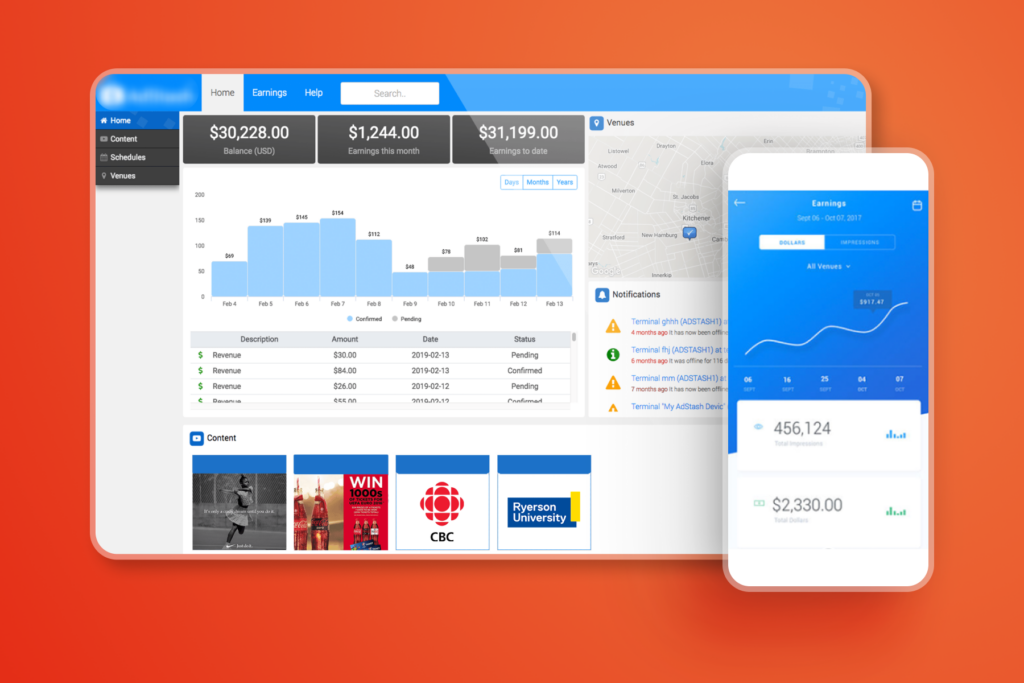In today’s fast-paced tech environment, ensuring that your systems are scalable and stable is not just a nice-to-have—it’s essential. Whether you’re dealing with a small application or a large-scale enterprise system, the principles of stability and scalability should be at the forefront of your development strategy. In this post, I’ll share some insights and practical approaches to help you build systems that can handle growth and maintain performance under pressure.
Stability and scalability are the cornerstones of any robust production system. Stability ensures that your application can run continuously without interruptions, while scalability allows your system to handle increased loads as your user base grows. By prioritizing these two aspects, you can prevent downtime and ensure a smooth user experience.
To achieve this, it’s crucial to implement technologies like failover systems and load balancing. These solutions distribute tasks across multiple servers, ensuring that no single point of failure can bring down your system. This kind of redundancy is vital for maintaining the stability and reliability of your application.
Ruby, particularly the Ruby on Rails framework, offers powerful tools for building scalable applications. One key advantage of Ruby is its excellent dependency management, which is critical when scaling your system. By managing dependencies effectively, you can integrate various modules seamlessly, creating a complex system that remains stable as it grows.
Ruby’s modular approach allows developers to build flexible, scalable systems by integrating different components, like a bird collecting stones to build a nest. This metaphor illustrates how Ruby’s flexibility makes it an ideal choice for large-scale application development, enabling scaling without sacrificing stability.
Another strength of Ruby is its cross-platform compatibility. Ruby can run smoothly across various infrastructures, including Linux, Solaris, FreeBSD, and more. This flexibility is crucial in modern environments, where systems often need to interact with multiple operating systems and technologies. With Ruby, you can integrate and manage diverse infrastructure components, enhancing your applications’ scalability and stability.
As your system grows, maintaining stability becomes increasingly challenging. Two primary concerns in this area are monitoring system stability and managing user activity. Implementing robust logging and monitoring systems is essential for tracking issues in real time and addressing them before they affect the user experience. These tools are indispensable for ensuring your application remains stable even as it scales.
A well-structured database is another critical component of system stability. Database normalization reduces the likelihood of issues that could compromise your system’s stability. Maintaining data integrity and minimizing dependencies between different system components can also prevent complex challenges as your system evolves. These practices are fundamental for ensuring that your system can grow without becoming unwieldy.
Clustering and load balancing are powerful strategies for maintaining system performance and stability. Clustering distributes tasks across multiple nodes, ensuring no failure can take down your entire system. Load balancing, on the other hand, helps distribute user requests evenly across servers, preventing overloads and maintaining performance during peak times.
These techniques are not limited to a single layer; they can be applied across web servers, databases, and application layers, making them versatile tools in your stability and scalability toolkit.

When designing systems, it’s crucial to think two steps ahead. While it’s important to meet current needs, considering the future implications of your design decisions can save you from extensive refactoring down the road. This forward-thinking approach helps you build systems that are not only stable today but will remain so as they scale and evolve.
Leveraging the right tools and techniques is key to maintaining system stability. For example, the Gem package manager in Ruby is invaluable for managing dependencies, while Kubernetes excels at orchestrating infrastructure and optimizing resource usage. However, these tools require careful planning and implementation to avoid potential pitfalls, especially in complex environments.
When using Docker and Kubernetes, it’s essential to understand that while they offer significant benefits, they also introduce new challenges. Managing these tools effectively requires a deep understanding of their capabilities and limitations.
Learn how to Dockerise a Ruby on Rails application in our blog.
In summary, building scalable and stable systems involves adhering to several key principles:
By following these principles, you can build systems that are resilient, scalable, and capable of meeting both current and future challenges. Whether you’re just starting a new project or managing a large-scale application, keeping these strategies in mind will help ensure your systems’ long-term success and stability.
For more, dive into a deeply technical and insightful talk about the critical aspects of building scalable and stable systems (by Serghei Takovski).


Check out our newsletter